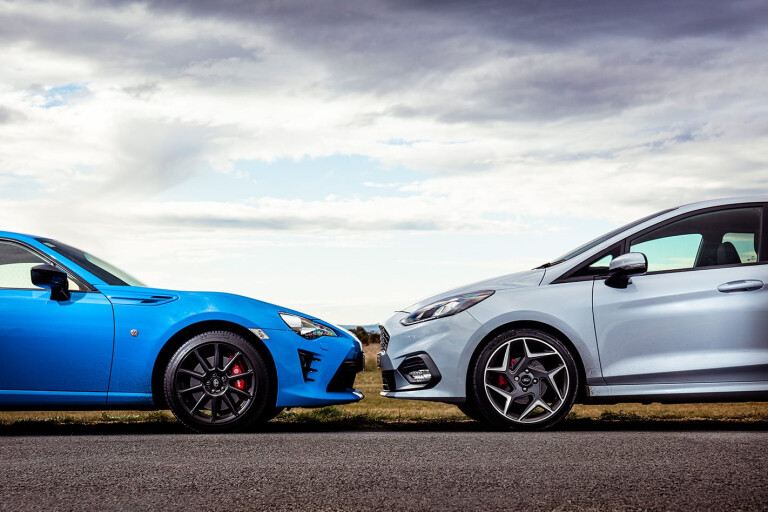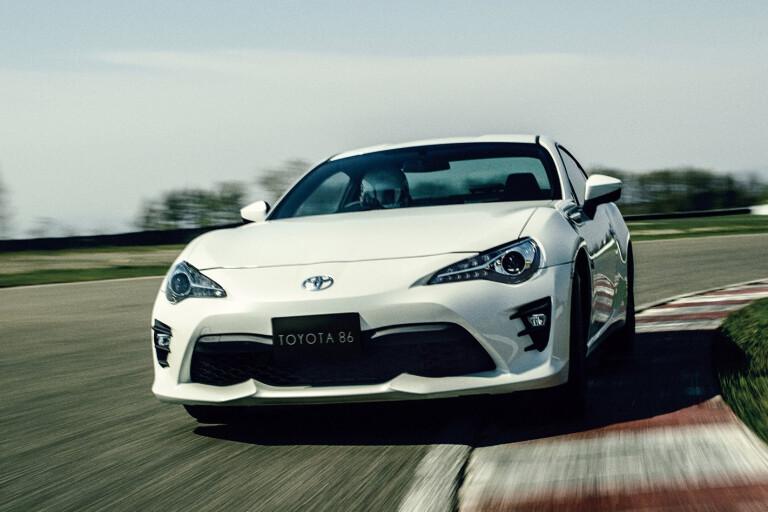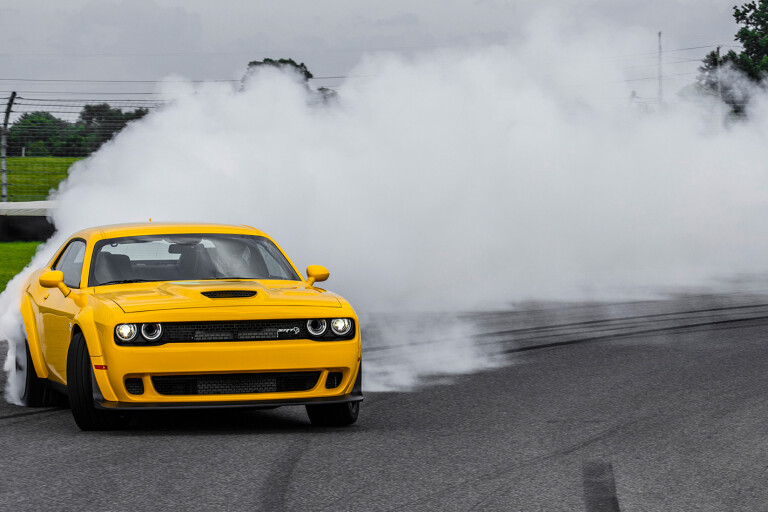
There were plenty of wistful messages emanating from the UK motoring journalist fraternity recently with the news that Ol’ Blighty had sold its last Toyota 86 of the current generation.
Australia will likely follow suit soon as production winds up but fear not, it’s a virtual certainty that a successor will shortly follow. Subaru has already released details of the BRZ successor and given Toyota’s version of the rear-drive sports car outsold its counterpart by a factor of 10, it’s safe to say the business case doesn’t stack up without a new 86.
Most of the messages were reminiscences about journeys that were fun at any speed, the 86’s combination of a low centre of gravity, skinny tyres, beautiful steering and rear-wheel drive meant virtually every corner was an opportunity for enjoyment.
Not everyone was a fan, however.
In fact, I’d go so far as to say that the 86/BRZ is one of the most divisive cars in recent memory. For every proponent extolling the virtues of its back-to-basics thrills there’s a detractor throwing barbs about its gutless engine, contrived handling and Fast and the Furious wannabe image.
I am firmly in the former camp, I love the Toybaru twins, but its shortcomings did get me thinking: would the 86 and BRZ garner such affection if they were front-wheel drive? I think not. You’d be left with an agile coupe with fantastic steering but let down by a lacklustre engine with a massive torque hole in the mid range and a nervous rear end courtesy of the toe-out under load.

As such, I propose that, as a front-wheel drive, the 86 would be a mediocre sports coupe, a lesser version of the Honda CRZ. This is a new metric for judging the excellence of a certain car and could serve as a tie-breaker when ranking the greatest of all time: does switching the driven wheels alter its excellence?
Some examples. Let’s take the Porsche 911. Surely this is an example of a car that would be ruined by altering its drivetrain, as that rear-engined layout plays such a massive role in the way it drives? I don’t think so. All the attributes that make a 911 so brilliant – precise, accurate steering, a fantastic combination of ride and handling, strong brakes, amazing traction – transcend its powertrain position. Flip a 911 around and you’d probably end up with something like a Honda Civic Type R on steroids.

Another example, the Dodge Challenger Hellcat. As a rear-driven muscle car this thing is awesome. Limitless power, the soundtrack of Armageddon (the planet-ending event, not a cheesy Aerosmith song), a wonderfully cosseting ride and the ability to steer the car with the accelerator as much as the steering wheel.
Plug those attributes into a front-wheel drive machine and you end up with... a total mess, frankly. It would be like one of the enormous American luxo-barges of the early ’70s only with four times the power, a torque-steering blancmange that’s about as exciting as being flogged with warm lettuce.

Let’s flip the ledger, shall we? The current Ford Fiesta ST is a stunning hot hatch, as evidenced by its fourth-place finish at PCOTY this year but, if anything, its brilliance would only be enhanced by switching it to rear-wheel drive. The perfect amount of power for the chassis from that fantastic turbo triple, a great gearbox and a playful chassis with a tight limited-slip diff. Just put some decent brakes on it!
Given front-wheel drive is deemed to be ‘wrong-wheel drive’ by so many, is there any bum-dragger that wouldn’t be improved by reversing the drivetrain? I think yes. High-revving atmo machines like the Honda DC2 Integra Type-R, which lack the torque to really influence the rear-end but instead allow the driver to use maximum commitment and the front diff to drag the car around a corner, and iconic hot hatches like the Peugeot 205 GTi and Renault Clio Sport (MkII and III), where the front-biased weight distribution allows the rear to wave around in the breeze, would probably be more balanced but less fun as rear-drivers.
Next time you’re arguing cars with your mates, stop and have a think: would this car be equally as good if the drivetrain was flipped. In the meantime, let us know some cars you reckon would be better or worse!

COMMENTS